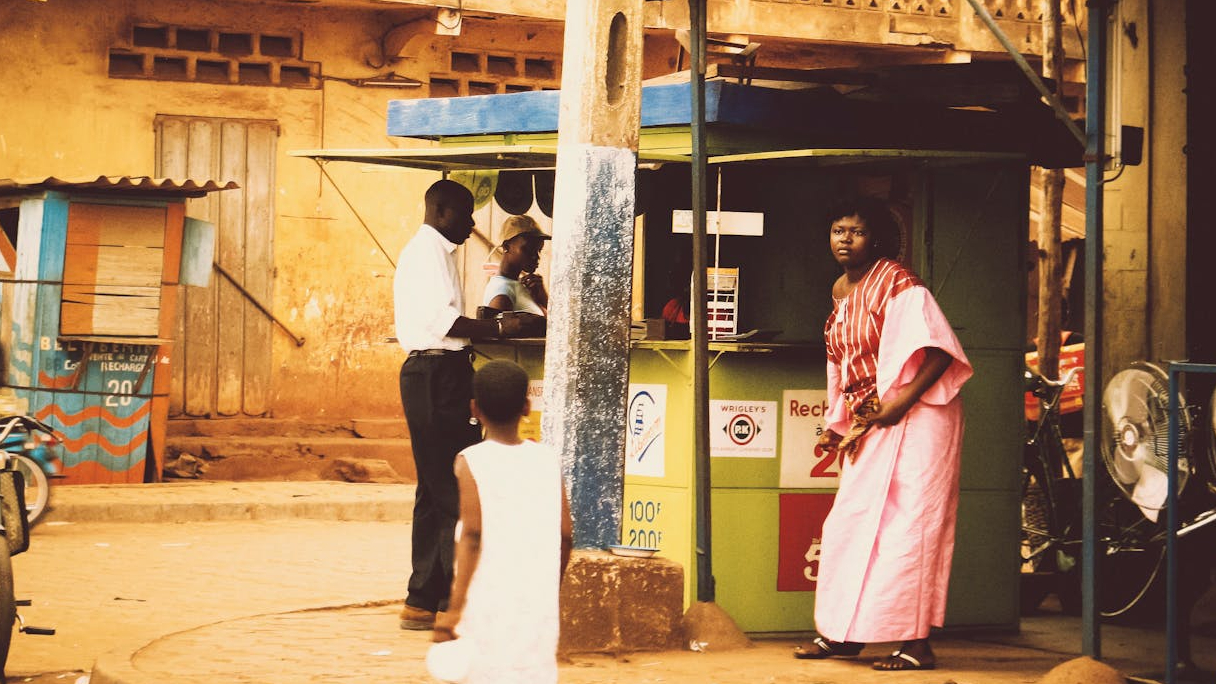If you’re Kenyan, chances are high you’ve used M-Pesa, Airtel Money, or T-Kash today. Maybe you sent “200 bob” to a friend for lunch, paid your boda rider, or topped up your mama mboga’s phone. Mobile money isn’t just convenient, it’s woven into our daily lives. But let’s be honest: the transaction charges often sting.
Think about it. Sending 200 shillings attracts a charge of 7 shillings. That may sound small, but if you do it several times a week, it adds up quickly. Now imagine you’re transferring a bigger amount, say KSh 250,000 for school fees or to clear a supplier bill. The maximum charge there is 108 shillings. For many Kenyans, that’s already a meal, some airtime, or even transport for the day.
That’s why a new policy proposal by the Central Bank of Kenya (CBK) feels like a breath of fresh air. Under the draft Kenya National Financial Inclusion Strategy (NFIS) 2025–2028, CBK aims to slash the average cost of person-to-person mobile money transactions from KSh 23 in 2024 to just KSh 10 by 2028. That’s more than a 50% cut.
Now, let’s unpack what this means and why it matters to every Kenyan, whether you’re sending KSh 200 to a sibling or wiring KSh 20,000 to pay off a loan.
Why Transaction Costs Matter So Much
Mobile money was a revolution when it came in 2007. Back then, sending money upcountry meant entrusting cash to a matatu driver or waiting days for a bank transfer. Today, more than 47 million Kenyans have active mobile money subscriptions, that’s 91% of the population. Mobile money is no longer a luxury; it’s the backbone of our financial lives.
But there’s a catch. While adoption has soared, transaction fees have remained stubbornly high. For many low-income earners, the cost of sending money eats into already tight budgets. If you’re a mama selling vegetables in Gikomba or a casual worker in Kisumu, paying KSh 7 to send KSh 200 is not a minor inconvenience, it’s a significant sacrifice.
This is why CBK’s plan to cut costs is so important. By reducing fees, the regulator is saying: financial inclusion should not be held back by unaffordable charges.
Breaking Down the Current Charges
Let’s bring this closer home with a few relatable examples:
- Sending 200 shillings costs 7 shillings. That’s a 3.5% cut on a small amount. If you repeat this twice a day for a week, you’ll have lost nearly 100 shillings in fees, money that could have bought a full meal.
- Sending 1,500 shillings costs 23 shillings. That’s already a notable dent, especially for people regularly supporting family or paying for household bills.
- Sending 250,000 shillings costs 108 shillings. While 108 shillings looks small compared to the transfer amount, it’s still a fee that could have bought bread and milk for a family.
When you line it all up, you see a pattern: whether you’re sending small amounts or large sums, fees take away money that could have stayed in your pocket.
What CBK’s Plan Promises
Under the new NFIS 2025–2028, the CBK is setting a bold target: by 2028, average transaction costs should fall to KSh 10. If you think about it, this has several benefits:
1. More Money in Your Pocket
Imagine sending that same 200 bob, but instead of losing 7 shillings, you only lose 3 or 4. Over time, that adds up to hundreds of shillings saved each month.
2. Encouraging More Usage
Many Kenyans still avoid using mobile money for small transfers because of the charges. By lowering fees, CBK hopes to make digital transfers more attractive, especially for the unbanked and underbanked.
3. Fairness Across All Levels
Currently, charges hit low-income earners harder. A person sending 200 shillings is losing a bigger percentage than someone sending 200,000. Cutting fees will make the system feel fairer for the everyday Kenyan.
4. Boost to the Digital Economy
Cheaper transactions mean more people will confidently use mobile money for not just sending to friends, but also for small businesses, e-commerce, and everyday payments.
How CBK Plans to Make It Happen
Of course, this isn’t just about snapping fingers and declaring new prices. CBK plans to work hand-in-hand with telecommunications companies like Safaricom and Airtel, and also with Parliament, to put in place affordable and transparent fee structures.
This collaboration matters. Telcos run the infrastructure, Parliament passes enabling laws, and CBK regulates the industry. By working together, they can ensure that these changes are not just announced but implemented fairly.
Addressing the Plateau
CBK has been vocal about another challenge: the growth of mobile money is plateauing. At first, adoption skyrocketed. But now, the number of new users has slowed down, partly because fees discourage the very people who could benefit most.
Think about a young boda rider in Bungoma. He earns KSh 500 a day. Sending KSh 200 to his mother back home costs him 7 shillings. That doesn’t sound like much — but for him, it’s money that could have bought half a litre of milk. Over time, these costs push him to avoid mobile money and instead resort to cash transfers, which are less secure.
By making digital transfers more affordable, CBK hopes to reignite growth and ensure mobile money continues to empower people across the country.
Why This Is Good News for All of Us
Let’s step back for a moment. What does this mean for you and me, practically?
- For families: You’ll send school fees, hospital bills, and shopping money without dreading the charges.
- For businesses: SMEs that rely on daily mobile money payments will cut down on overhead costs, making them more competitive.
- For rural communities: Relatives receiving money from towns will keep more of it, improving their welfare.
- For the economy: Increased usage boosts formal financial flows, improves tax collection, and strengthens digital trade.
It’s a win-win for everyone — from the mama mboga to the corporate supplier.
Of course, the policy is still in the proposal stage. It needs to move through consultations, discussions with telcos, and possibly legislative changes. But the intent is clear: CBK wants to make mobile money cheaper, fairer, and more inclusive.
This is about more than just numbers. It’s about dignity. It’s about ensuring that sending 200 bob to your friend or family doesn’t feel like a penalty. It’s about making sure the financial system works for everyone, not just the wealthy.
Kenya has always been a trailblazer in mobile money. From the launch of M-Pesa to today’s near-universal adoption, we’ve shown the world what’s possible. Now, with CBK’s plan to cut transaction fees by over 50%, we’re about to take another bold step, one that could put more money in our pockets, encourage more digital payments, and deepen financial inclusion.
Yes, it will take time. Yes, telcos may resist at first. But the bigger picture is clear: affordable mobile money is good for Kenyans, good for businesses, and good for the economy.
So, the next time you send 200 bob, just imagine a future where you only lose 3 shillings instead of 7. Or when you transfer 250,000 and pay 50 bob instead of 108. That’s the future CBK is fighting for and it’s one worth cheering.
✍🏽 Author’s Note: Mobile money is more than a financial tool, it’s part of who we are as Kenyans. And if CBK’s plan succeeds, we won’t just be the country that invented M-Pesa. We’ll be the country that made it affordable for all.

